Japan has taken an increasing interest in Sri Lanka, with its focus directed towards the port development in the country. Recently, in an interesting development, the Japanese Defence Minister Itsunori Onodera made a two day official visit to Sri Lanka and toured its three most important ports – Colombo, Hambantota and Trincomalee.1 His visit comes at the backdrop of increasing Chinese influence in the Indian Ocean and speculations of China looking to build bases in the region.
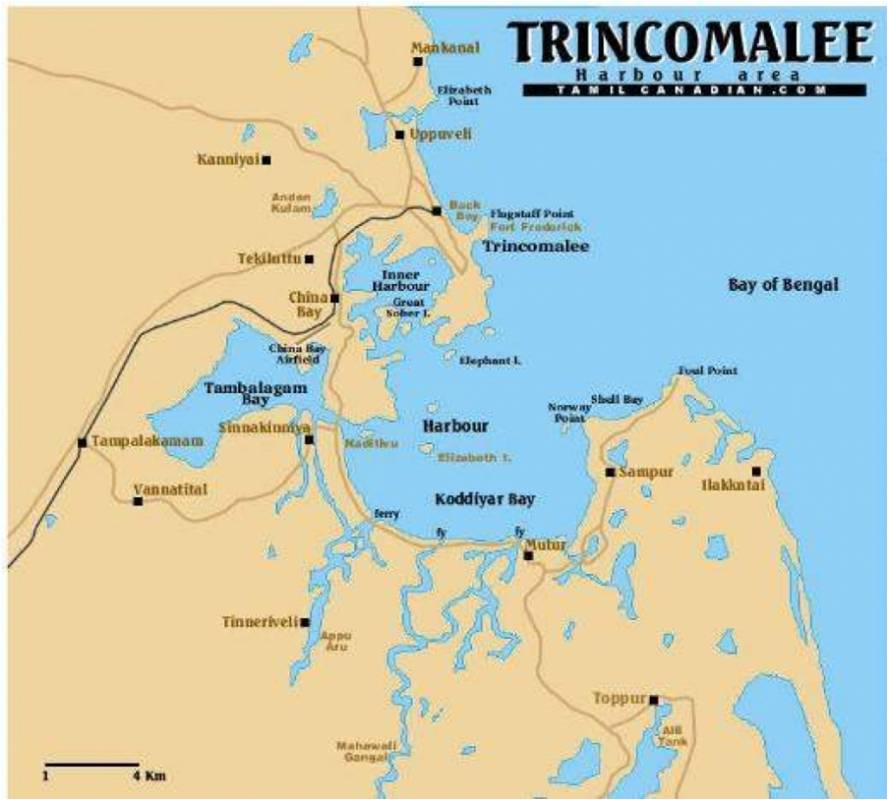 2
2
Onodera’s visit was the first ever by a Japanese defence minister to Sri Lanka. It must be noted that Sri Lanka’s cooperation with Japan is not new; it has, however picked up a good pace from the beginning of the year 2018.
Lankan-Japanese Interactions
Foreign Minister of Japan, Taro Kono, visited Sri Lanka on the 5th of January, 2018 and held talks with his Sri Lanka counterpart Tilak Marapana. 3 The Japanese minister spoke of a ‘free and open’ Indo-Pacific strategy and the country’s support to developing infrastructure and ports in Sri Lanka. He stressed on transparency and openness in such bilateral activity, also adding that the financial soundness of the recipient country falls within the ambit of the donor country’s responsibility; clearly a hint at the Chinese debt that has burdened Sri Lanka to an extent that it had to lease out its vital port in the South.
Japan also pledged assistance in building the social infrastructure, terrestrial digital broadcasting and national reconciliation process to the Sri Lankan side. It can be observed that while there has been economic development in Sri Lanka, the nation is still divided on ethnic lines and communal tensions have been a source of distraction from the process of all round and equitable development of its people. Only an agreement of peaceful coexistence between its communities can enhance the economic and social progress that the current government aims to achieve.
Later, the President of Sri Lanka, Maithripala Sirisena, made an official visit to Japan from 12th to 15th March, 2018. During that visit, Prime Minister Shinzo Abe assured President Sirisena of a committed assistance to Sri Lanka, specifically in areas of port development, transportation and energy. He welcomed the progress in defense and security related exchanges between the two countries including the visit of Chief of Joint Staff, Admiral Katsutoshi Kawano to Sri Lanka the previous week. He expressed an interest in greater engagement of the two countries in areas of maritime security and defense. 4 On the 4th of March, 2018, Japan and Sri Lanka signed loan assistance of 10.639 billion yen. It was signed between Ambassadors Kenichi Suganuma and Prof. Dammika Ganganath Dissanayake and was directed to Health and Medical Service Improvement Project meant for improvement of medical services and training of medical personnel.5
In the beginning of August, a delegation of Japanese officials from military and foreign services visited Sri Lanka and took a tour of the Hambantota Port. Captain Atsuhiro Moroe from the Japanese embassy was also a part of the delegation which met the Hambantota International Port Group (HPIG) and its chief operating and security officers. HPIG is the joint venture with China looking after the Hambantota Port and its development.6
In a similar event, Japan’s State Minister for Foreign Affairs Kazuyuki Nakane made a visit to Sri Lanka from the 28th to 30th of August, 2018. It is noteworthy that Japan is a member of the G-7 group where members take an initiative and select one country to promote the Women, Peace and Security (WPS) Agenda.7 Japan has chosen Sri Lanka under this initiative to help it in its WPS Agenda and has donated two Coast Guard patrol vessels to the country under the agreement between Japan International Cooperation Agency and Government of Sri Lanka. Nakane attended the commissioning ceremony of these patrol vessels, ‘SLCGS Samudra Raksha’ and ‘SLCGS Samaraksha’, which will enhance the Sri Lanka’s capacity in maritime security, maritime law enforcement and mitigation of disaster risks.
These visits highlight a Japan’s gradual outreach to the Indian Ocean and its key strategic nations. Sri Lanka sits on the edge of major shipping lanes and oil routes that carry energy to the entire south pacific. A domination of China, which is a non-democratic state, is worrisome for a lot of nations in the region including India, US and Japan. This is Sri Lanka’s golden opportunity; it must use its location and the support of large economies like Japan and India to overcome the economic crisis it faces. Infrastructure building in Sri Lanka can lead to a solution of many problems in the country. The Prime Minister of Sri Lanka, Ranil Wickeremsinghe, told the media that his country looks to reap economic benefits by providing services to ships passing by close to its ports. 8 The PM also added that by 2050, the population in the Bay of Bengal region would be around three billion. The eastern port of Trincomalee could serve as the eastern gateway to Sri Lanka. This makes the development and maintenance of Sri Lanka’s ports very essential.
Sri Lanka’s Port Plans
While the Hambantota Port in the South of Sri Lanka is being managed by a joint venture with China, the long term plan for the development of the Eastern Province of Sri Lanka was launched in July, 2018.9 ‘Eastern Gateway to Sri Lanka by 2050’, as the plan is called, including the Trincomalee District Mega Development Plan was handed over to a Singaporean firm Surbana Jurong. This plan is intended to attract trade, business and tourism to the port district of Trincomalee which houses one of the best deep water harbours in the world. Eco-friendly industrial and agricultural zones will be a part of the plan which is expected to create a million jobs in the country. The Trincomalee metro area will be around 1363 sq km and is expected to serve as the economic hub of the country and as a logistics centre for the various free trade agreements entered into by Sri Lanka with the South East Asian economies. The connectivity to the region will be extended with a system of highways and economic corridors, assistance for which shall be provided by the Asian Development Bank.
 10
10
The proposed plan also includes a third international airport for Sri Lanka in Hingurakgoda and an international cricket stadium. The Prime Minister said that Sri Lanka has served as an important transit point in the ancient times, and it will continue to do so in the present times when the region is expecting huge economic development.
Trincomalee and Japan
Onodera made a tour of the Trincomalee Port, which as is believed, will receive assistance in future from Japan for its development. A very strategic port, Trincomalee was used by the British in the Second World War where it had maintained an oil tank farm consisting of at least one hundred oil tanks that exists to this day except one which was destroyed by Japanese forces during the war.11 This part of Onodera’s tour was led by the Sri Lankan Navy and not the Ports Authority. Some western diplomats believe that Japan is a better ‘bet’ for the West to counter the influence of China in Sri Lanka since the Japanese have created an independent brand of goodwill and trust in Sri Lanka, which the Indians may not enjoy.12
Tissa Wickremesinghe, the Chief Operating Officer of the HIPG, mentioned that majority of their Ro-Ro (new cars in cargo) business is created by Japanese carriers and they also are top in terms of transshipment, volume and frequency. A Japanese naval vessel ‘Akebono’ was the first to drop anchor at the newly developed Hambantota Port in April and a Japanese Maritime Self Defence Force Ship Ikazuchi also harboured for three days in Sri Lanka’s Trincomalee at the same time as Onodera’s visit.
However, Trincomalee is not the only area that Japan has looked into for investment in Sri Lanka. President Sirisena on May 27 met several representatives of large Japanese corporations in Sri Lanka. President of Taisei Corporation, Takashi Yamauchi, expressed his interest in investing in a number of areas including construction of highways, expansion of Bandaranaike International Airport and a mono-rail with a speed up to 500 km per hour. President of Hitachi Corporation, Toshiaki Higashihara, also showed interest in building of the mono-rail; he said that his company had already undertaken a preliminary research and found out that 75 km of rail infrastructure was absolutely necessary. He also expressed interest to invest in water treatment, energy and IT sectors. Noritake has already made a name in Sri Lanka. 13
Reports from Japan International Cooperation Agency (JICA) bring to light several projects in Sri Lanka running with Japanese assistance and investment:- 14
- JICA is financing the reconstruction of 18 major bridges (ten completed and inaugurated on 11th May, 2018, under a loan assistance of 12.38 billion yen15) in dilapidated condition in the national road network, and Intelligent Transport System (ITS) on the expressway network to be implemented by the Road Development Authority.
- Development of underground power transmission and distribution network throughout the country (Greater Colombo Transmission Distribution Loss Reduction Project) to be implemented by Ceylon Electricity Board, the total loan amounting to 24.93 billion yen. 16
- Kalu Ganga water supply expansion project to be implemented by National Water Supply and Drainage Board and Rural Infrastructure Development Project in Emerging Regions, the total loans amounting to 44.767 billion yen.17
Post 1977, Japan assisted Sri Lanka in several projects like the Colombo Port Extension Project, Mahaweli development projects, Samanlawewa and Kukule Ganga hydro projects and many others.18
Is America in the Matrix?
A press briefing was held in Washington on 20th August, 2018 on ‘US Policy on the Indian Ocean Region’, where US Deputy Assistant Secretary for South and Central Asian Affairs, Alice Wells, directed the media’s attention to the $300 million assistance package for the region to enhance and strengthen the security, out of which $40 million are earmarked for Sri Lanka. US’ Sri Lanka Embassy’s Charge d’Affaires Robert Hilton expressed America’s interest to try out the air logistics hub concept, which when developed would be vital for transfer of supplies in the region, humanitarian as well as military.19
The US has been wary of the Chinese muscle flexing owing to the business it handles in the South China Sea where the two countries are already involved in an indirect spat. The same case has been with the Indian Ocean Region where China is establishing close relations with the littoral states. US interests in Sri Lanka are understandably to counter the Chinese control in the country. The Government of Sri Lanka came under the criticism by its people for taking excessive debt that led to leasing of Hambantota. While foreign assistance is ample in Sri Lanka, the Government must be careful in negotiating terms with the foreign powers so that its ports are not used for purposes other than which the country intends. Retired Admiral Jayanath Colombage, on question of use of its ports by foreign powers, maintains that ‘We welcome anyone, only they shouldn’t come with the intention of harming anyone, especially India.’20 The Admiral’s view reflects a mature understanding of international politics and an agenda of peace.
End Notes:
- Daily Mirror, Lasanda Kurukulasuriya, Japan’s interest in Trincomalee and the ‘great game’ in the Indian Ocean, 30th August, 2018.
- https://twitter.com/srilankagroup/status/891368251548209152 , Sri Lanka Group.
- https://www.mofa.go.jp/s_sa/sw/lk/page3e_000805.html, Ministry of Foreign Affairs of Japan.
- https://www.mofa.go.jp/s_sa/sw/lk/page4e_000781.html, Ministry of Foreign Affairs of Japan.
- https://www.mofa.go.jp/press/release/press4e_001950.html, Ministry of Foreign Affairs of Japan.
- Economynext, Japan diplomats, defence officials, visit Sri Lanka's Hambantota port; 9th August, 2018.
- https://www.mfa.gov.lk/japan-fm-visit-eng/, Ministry of Foreign Affairs of Sri Lanka.
- Colombopage, Sri Lanka unveils long-term development plan for Eastern port city of Trincomalee; 11th July, 2018.
- Daily FT, Skandha Gunasekara, Third Intl. airport for SL in Trinco Master Plan; 12th July, 2018.
- https://www.news.lk/news/business/item/19171-trincomalee-port-developed-to-enhance-the-export, News.lk, Development-Provincial.
- Daily Mirror, Lasanda Kurukulasuriya, Japan’s interest in Trincomalee and the ‘great game’ in the Indian Ocean, 30th August, 2018.
- Nikkei Asian Review, Japan makes its move in Indian Ocean power game; 22nd August, 2018.
- http://www.presidentsoffice.gov.lk/?p=2692, Japanese investors shown tremendous interest in Sri Lanka’s potential for investment.
- https://www.jica.go.jp/srilanka/english/office/others/c8h0vm00006fz16a-att/profile.pdf, JICA Profile Sri Lanka.
- http://www.lk.emb-japan.go.jp/itpr_en/00_000578.html, Ten Major Bridges on National Road Network Rehabilitated with Japanese Assistance; 11th May, 2018.
- https://www.jica.go.jp/srilanka/english/office/topics/press150811.html, New, Improved and Stronger National Grid, 11th August, 2015.
- https://www.jica.go.jp/english/news/press/2017/170710_01.html, Signing of Japanese ODA Loan Agreements with Sri Lanka: Building infrastructure to reduce regional disparities through living environment improvements, 10th July, 2017.
- http://www.ips.lk/wp-content/uploads/2017/09/japan_sl_sk.pdf, Institute of Policy studies of Sri Lanka, Saman Kelegama, Japan Sri Lanka economic relations; 6th December, 2012.
- The Diplomat, Lasanda Kurukulasuriya Japan Eyes Sri Lanka’s Deep Water Port of Trincomalee; 31st August.
- The Diplomat, Lasanda Kurukulasuriya Japan Eyes Sri Lanka’s Deep Water Port of Trincomalee; 31st August.
Image Source: http://www.slbc.lk/index.php/slbc-news/slbc-local-news/6445-japan-and-sri-lanka-leaders-have-pledged-to-further-strengthen-the-bilateral-relations.html

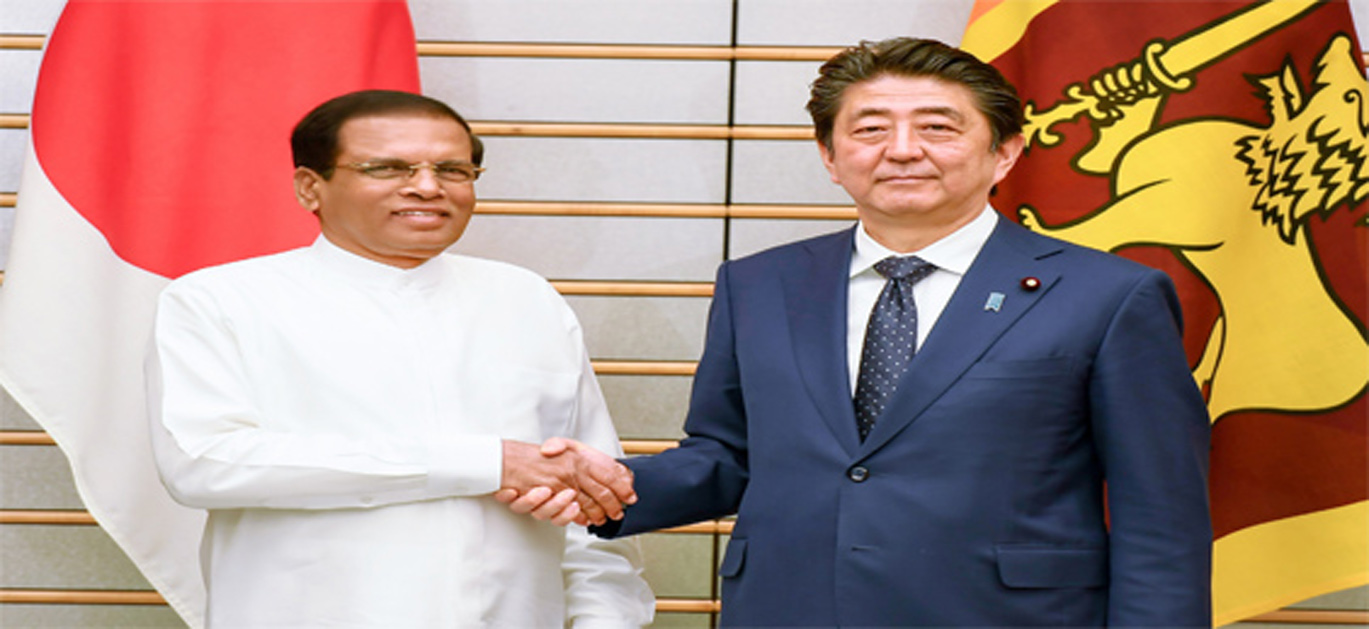
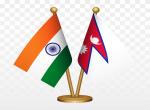

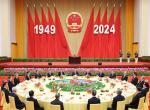
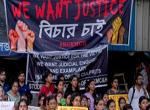
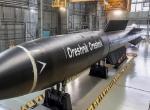
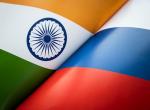
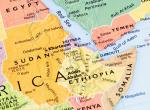
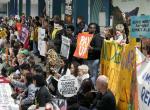
Post new comment